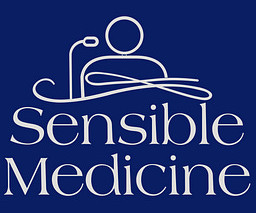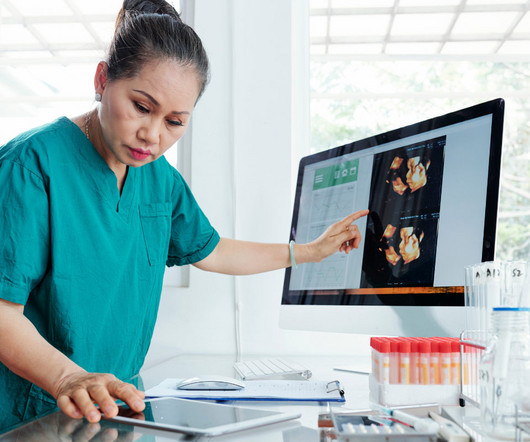What Will You Learn In LPN Classes?
Mildred Elley
AUGUST 8, 2022
They work closely with the healthcare team to administer medication, take vital signs, assist with meals, provide wound care, and provide nursing care to the population they are working with. Students must be able to critically think and learn information in a brief time.












Let's personalize your content